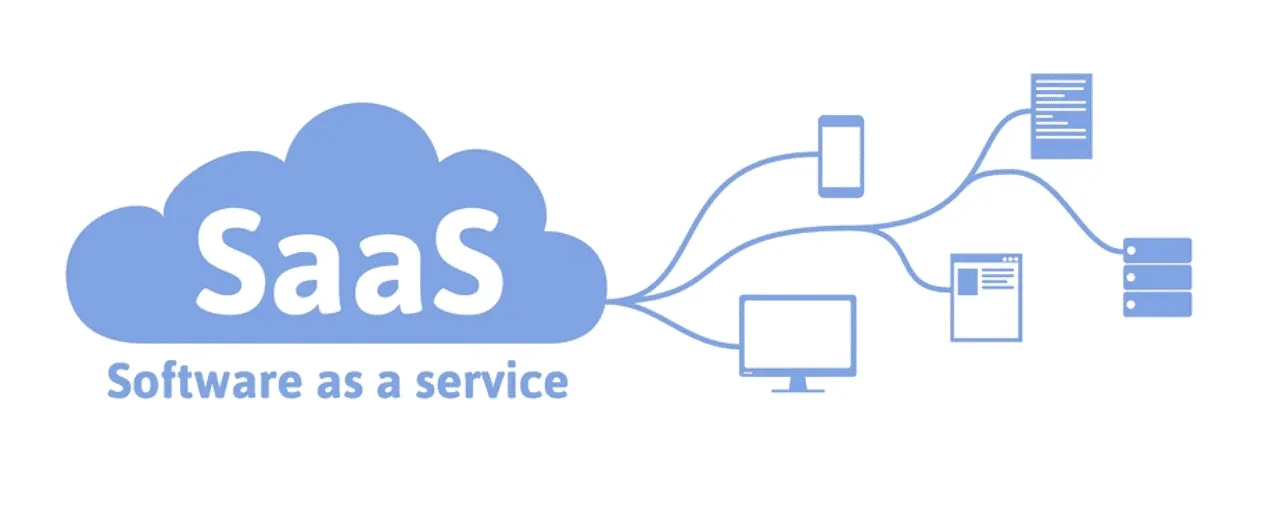Key SaaS Metrics Every Business Should Track

In the rapidly evolving world of Software as a Service (SaaS), understanding and tracking key metrics is crucial for sustainable growth and informed decision-making. Here, we delve into the technical aspects of 10 essential SaaS metrics that can provide valuable insights into the health and performance of your business.
- Monthly Recurring Revenue (MRR)
Definition: MRR is the consistent and predictable revenue generated by a SaaS company from its subscription-based customers on a monthly basis. It encompasses all recurring revenue streams, including new subscriptions, upgrades, downgrades, and cancellations.
Calculation: MRR = ∑(Number of Customers×Average Revenue Per User (ARPU))
Importance: MRR provides a clear picture of your company’s financial health and growth trajectory, helping in forecasting future revenue and making strategic decisions.
2. Annual Recurring Revenue (ARR)
Definition: ARR represents the total value of recurring revenue normalized for one year, providing insight into the annualized revenue potential of the SaaS business. It helps in assessing long-term revenue stability and scalability.
Calculation: ARR = MRR×12
Importance: ARR helps in understanding long-term revenue potential and is particularly useful for evaluating the sustainability and scalability of your business model.
3. Customer Acquisition Cost (CAC)
Definition: CAC quantifies the total expenses incurred by a SaaS company in acquiring a new customer, encompassing marketing and sales costs. It’s a crucial metric for evaluating the efficiency and sustainability of customer acquisition strategies.
Calculation: CAC = (Total Sales and Marketing Expenses)/(Number of New Customers Acquired)
Importance: Monitoring CAC helps in assessing the efficiency of your marketing and sales efforts. A lower CAC indicates better cost efficiency in acquiring customers.
4. Customer Lifetime Value (CLTV or LTV)
Definition: CLTV measures the total revenue expected from a single customer over the entire duration of their relationship with the company. It aids in assessing the long-term profitability and value of acquiring and retaining customers.
Calculation: CLTV=ARPU×Customer Lifespan (in months or years)
Importance: CLTV helps in determining the long-term value of a customer and aids in optimizing customer acquisition and retention strategies.
5. Churn Rate
Definition: The churn rate indicates the percentage of customers who discontinue their subscriptions within a specified period. It’s a critical metric for assessing customer retention and identifying opportunities to improve service quality and customer experience.
Calculation: Churn Rate = (Number of Customers Lost During Period/Total Number of Customers At Start of Period) * 100
Importance: High churn rates can severely impact MRR and growth. Understanding churn reasons helps in improving customer retention strategies.
6. Net Retention Rate
Definition: NRR measures the percentage of recurring revenue retained from existing customers after accounting for churn, upgrades, and downgrades. It reflects the effectiveness of upselling and cross-selling strategies in maximizing customer lifetime value.
Calculation: NRR = (MRR at End of Period−MRR Lost Due to Churn/MRR at Start of Period) * 100
Importance: A high NRR indicates strong customer loyalty and the effectiveness of upselling and cross-selling strategies.
7. Gross Margin
Definition: Gross margin represents the profitability of a SaaS company’s core business operations, calculated as the difference between total revenue and the cost of goods sold (COGS), expressed as a percentage of total revenue. It provides insights into operational efficiency and scalability.
Calculation: GM = (Revenue−COGS/Revenue) * 100
Importance: It indicates the profitability of the core business operations before accounting for overheads, taxes, and other expenses.
8. Average Revenue Per User (ARPU)
Definition: ARPU measures the average revenue generated per user or customer within a given period. It helps in understanding the revenue contribution of individual customers and guiding pricing and product development strategies.
Calculation: ARPU = Total Revenue/Total Number of Users
Importance: ARPU helps in understanding the revenue contribution of individual customers, aiding in pricing and product development strategies.
9. Customer Retention Rate
Definition: Customer retention rate indicates the percentage of customers retained over a specific period, reflecting the company’s ability to maintain long-term relationships with its customer base. It’s a key indicator of customer satisfaction and loyalty.
Calculation: CRR = ((Number of Customers at End of Period−Number of New Customers Acquired During Period)/(Number of Customers at Start of Period)) * 100
Importance: A high retention rate signifies customer satisfaction and loyalty, which are crucial for long-term business success.
10. Payback Period
Definition: The payback period is the time it takes for a SaaS company to recover its customer acquisition costs (CAC) from the revenue generated by acquiring a new customer. It helps in assessing the efficiency of customer acquisition investments and managing cash flow.
Calculation: Payback Period = CAC/ARPU
Importance: Understanding the payback period helps in managing cash flow and determining how quickly investments in customer acquisition are recovered.
Tracking and analyzing these key SaaS metrics provide a comprehensive view of your business’s performance, highlighting areas for improvement and guiding strategic decisions. By focusing on these metrics, SaaS businesses can enhance their operational efficiency, customer satisfaction, and ultimately, their growth and profitability.

